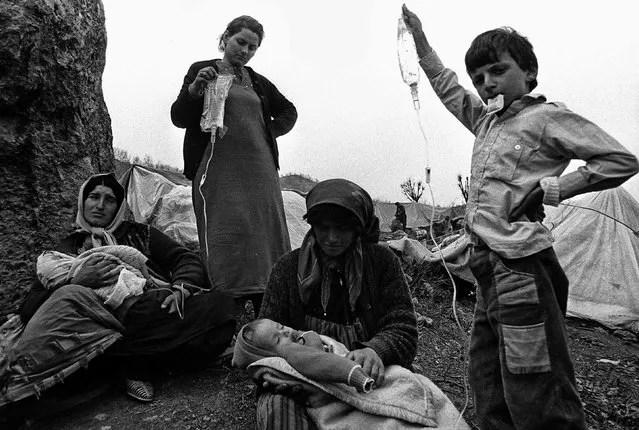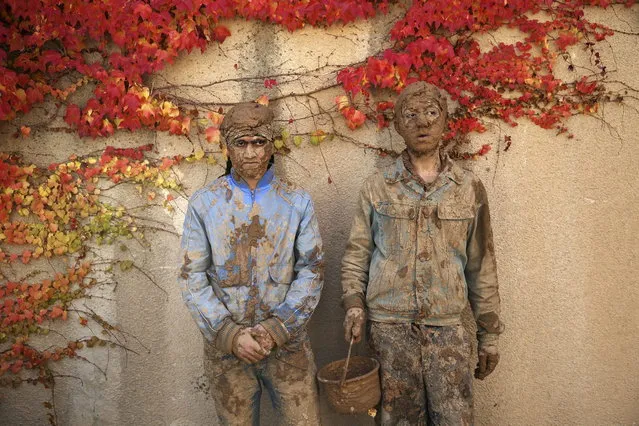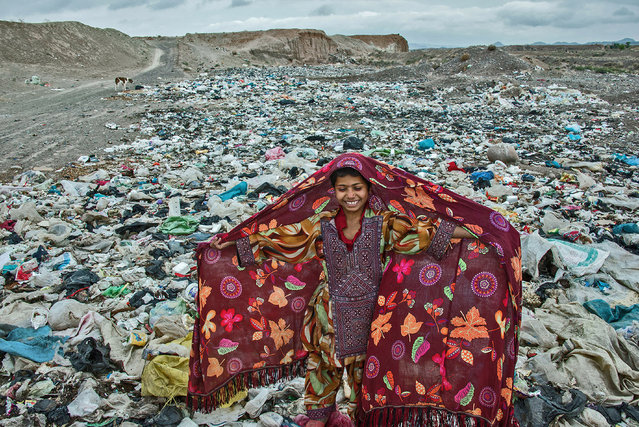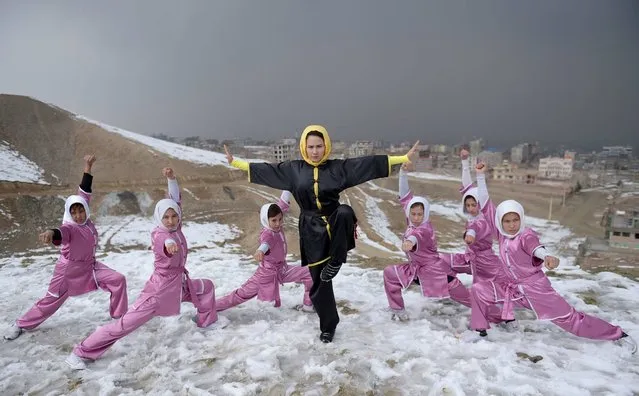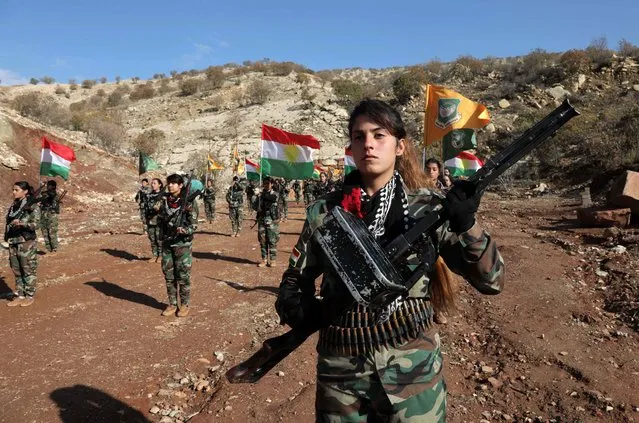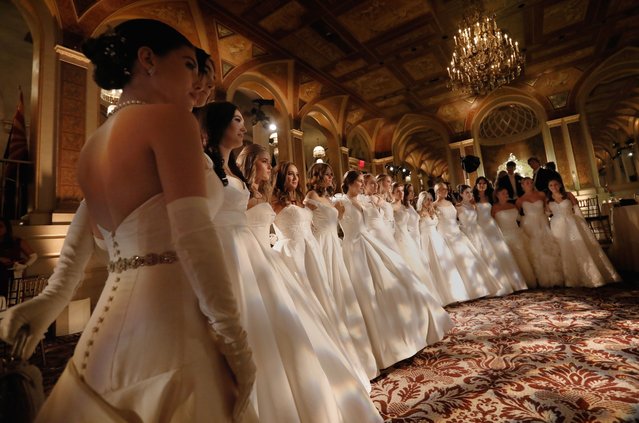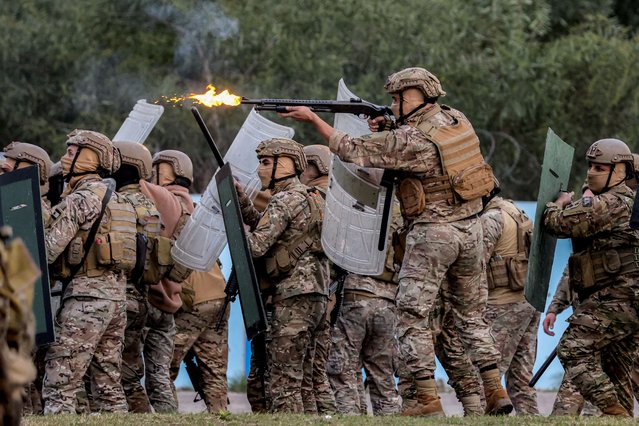
U.S. President Donald Trump gestures during his visit to a section of the U.S.-Mexico border wall in Otay Mesa, California, U.S. September 18, 2019. Trump threatened to do “dastardly things” to Iran in response to the drone attacks on the world’s largest oil plant in Saudi Arabia. The US President indicated he is wary of involving America in another war in the Middle East – but he did not rule out a military attack. (Photo by Tom Brenner/Reuters)
20 Sep 2019 00:07:00,post received
0 comments

